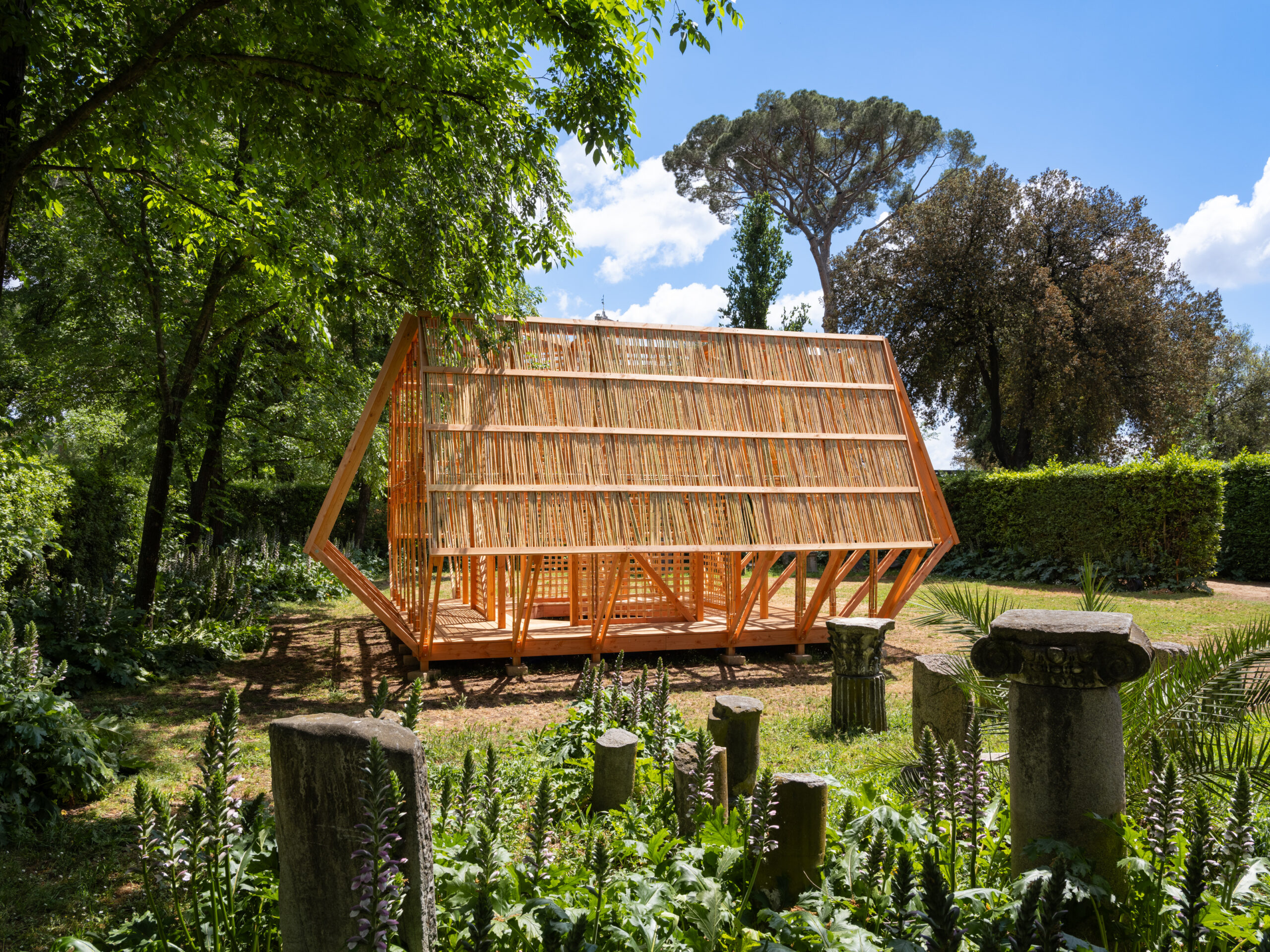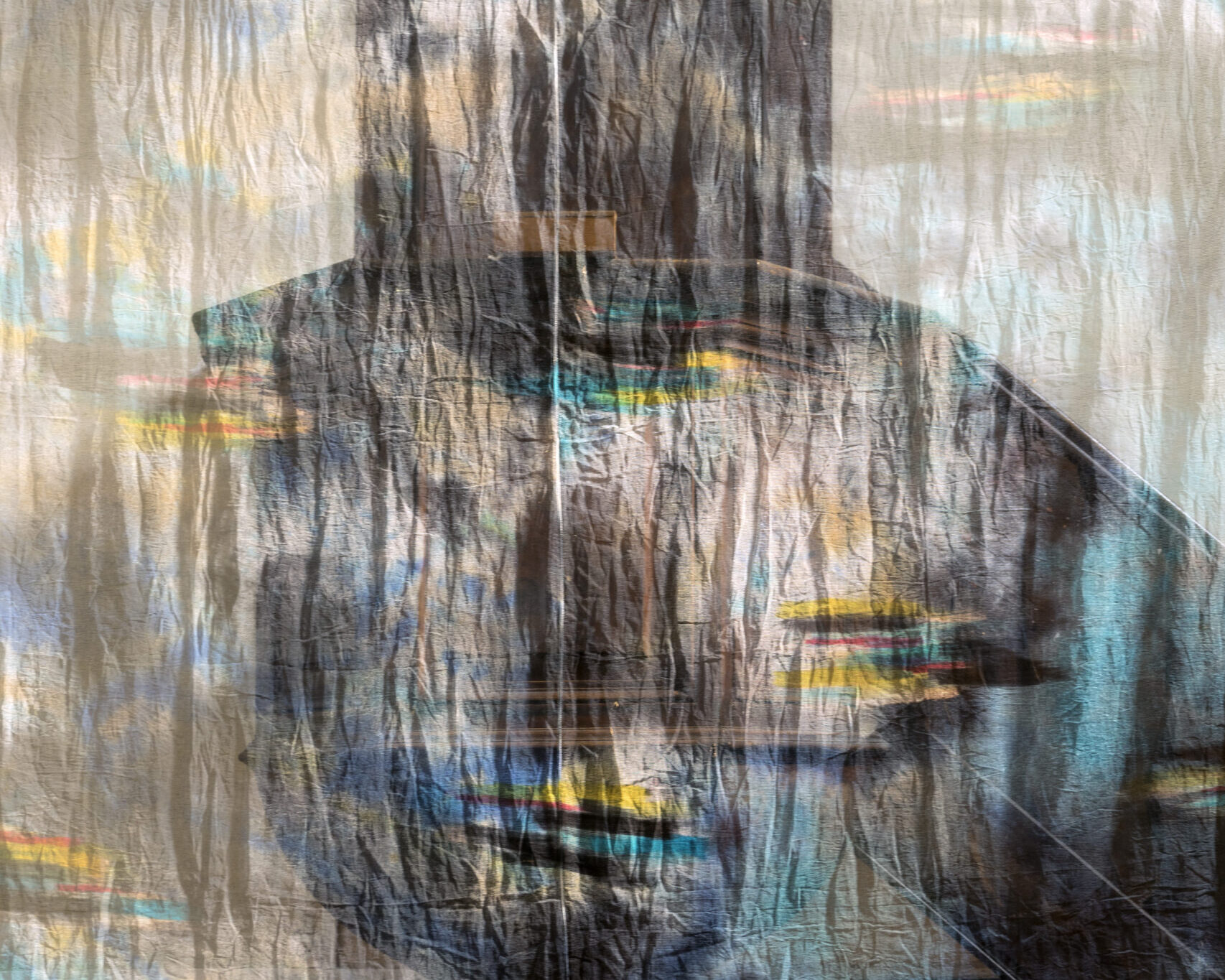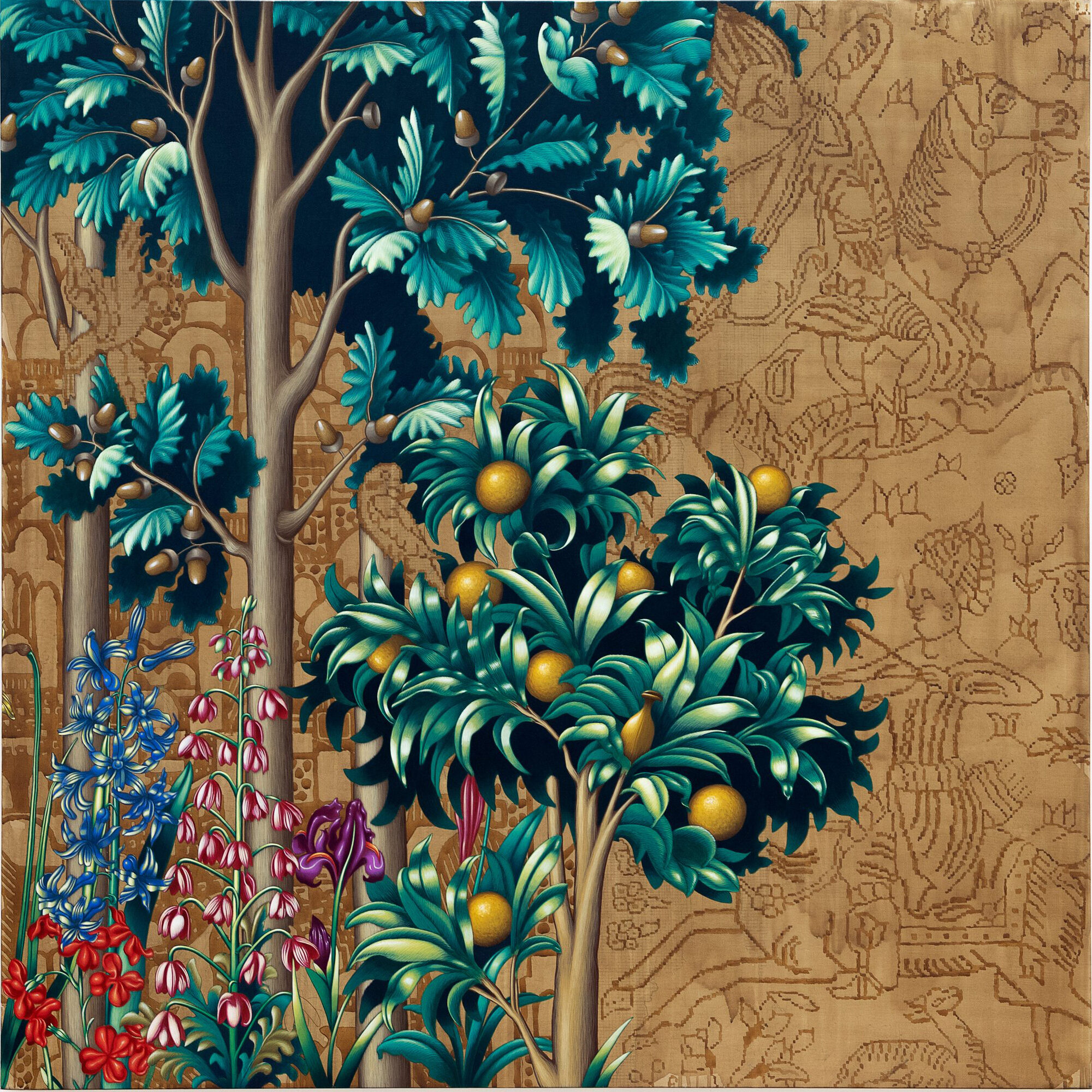Search
Apian" lecture by Aladin Borioli
14.10.2021

Thursday, October 14, 2021, from 7 to 8:30 pm, artist and anthropologist Aladin Borioli presents in the Grand Salon of the Villa Médicis to present his “ Apian” project and review the history of the beehive.
Free event (limited seating, doors open at 6.30pm, event at 7pm).
Prior reservation required (please remember to cancel your Eventbrite reservation if you no longer wish to take part, so that we can offer other people the chance to attend the event).
This event, organized with the support of the association Dardardwith simultaneous translation into Italian.
Since the birth of the modern beehive in 1852, beehive construction has shown no sign of structural innovation. In favoring the standardized cubic hive, beekeeping is turning its back on at least 4,400 years of architectural diversity. This talk revisits the period preceding this homogenization, going back to 2400 BC. The story of these architectures designed for bees will be told from a new perspective, not only through text, but also through a large corpus of archival images.
In addition, another archive will be presented, one that explores the future of beekeeping and is taking shape online at the following link www.intimacy-machine.net. While hive architecture stalled in the 19th century, the same cannot be said for beekeeping and beekeeping practices. Recently, beekeepers have begun using digital sensors (electronic scales, temperature/humidity sensors, etc.) to monitor the activity of their bees. Commonly referred to as connected hives, these new hives are shaping the future of beekeeping and could even, with a little imagination, re-establish the use of certain hive models hitherto abandoned for practical reasons.
Apian is a machine built to explore the millennia-old relationship between humans and bees. It provides a safe haven for encounters with this hymenoptera on a more egalitarian basis, mediated by technology and the human mind. An independent entity, Apian is a non-profit office, a ministry of bees. It is heuristic, experimental, messy, serious, but above all tries to be honest. In 2020, Apian published its first book, Hives/Ruches (RVB/Vevey Images, 2020) – a visual atlas of the beehive. Apian also aims to be collaborative. It’s a meeting place for exchanging ideas around a shared sensitivity to bees. It was presented at Eyebeam in 2021, at La Becque in 2020 and at the CTM Festival Berlin in 2019.
Legends and sources :
Cover image: Bewitching beehives with scary faces and figures on the Lüneburg Heath, Germany.
Image 1: Stainer drone exclusion box. Sweep the entire colony through a “retreat funnel” in the inverted sorting box. Place a board over the opening and slowly lower the protective grid attached to the handle after turning the box upside down. The bees crawl through the grid, but the drones remain in the lower part of the box. The filter box is then placed in a trough filled with about 5 cm of water to wet the bumblebees and prevent them from taking off after the box has been opened.
Image 2: Beehive
Image 3: The Madonna of the Lüneburg Heath Bees. Beehive with figurine, origin unknown (Niedersächsisches Lande-sinstitut für Bienenforschung, Celle, Germany).



